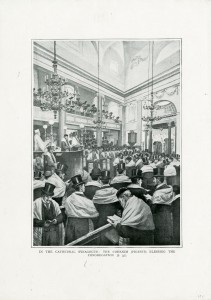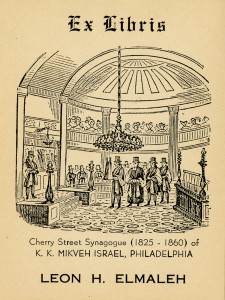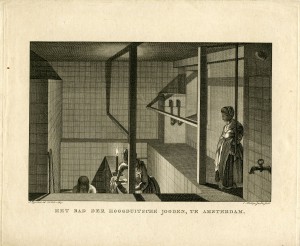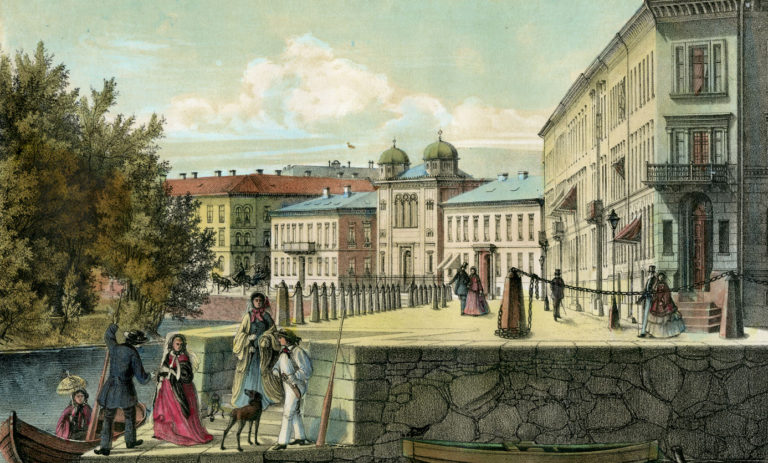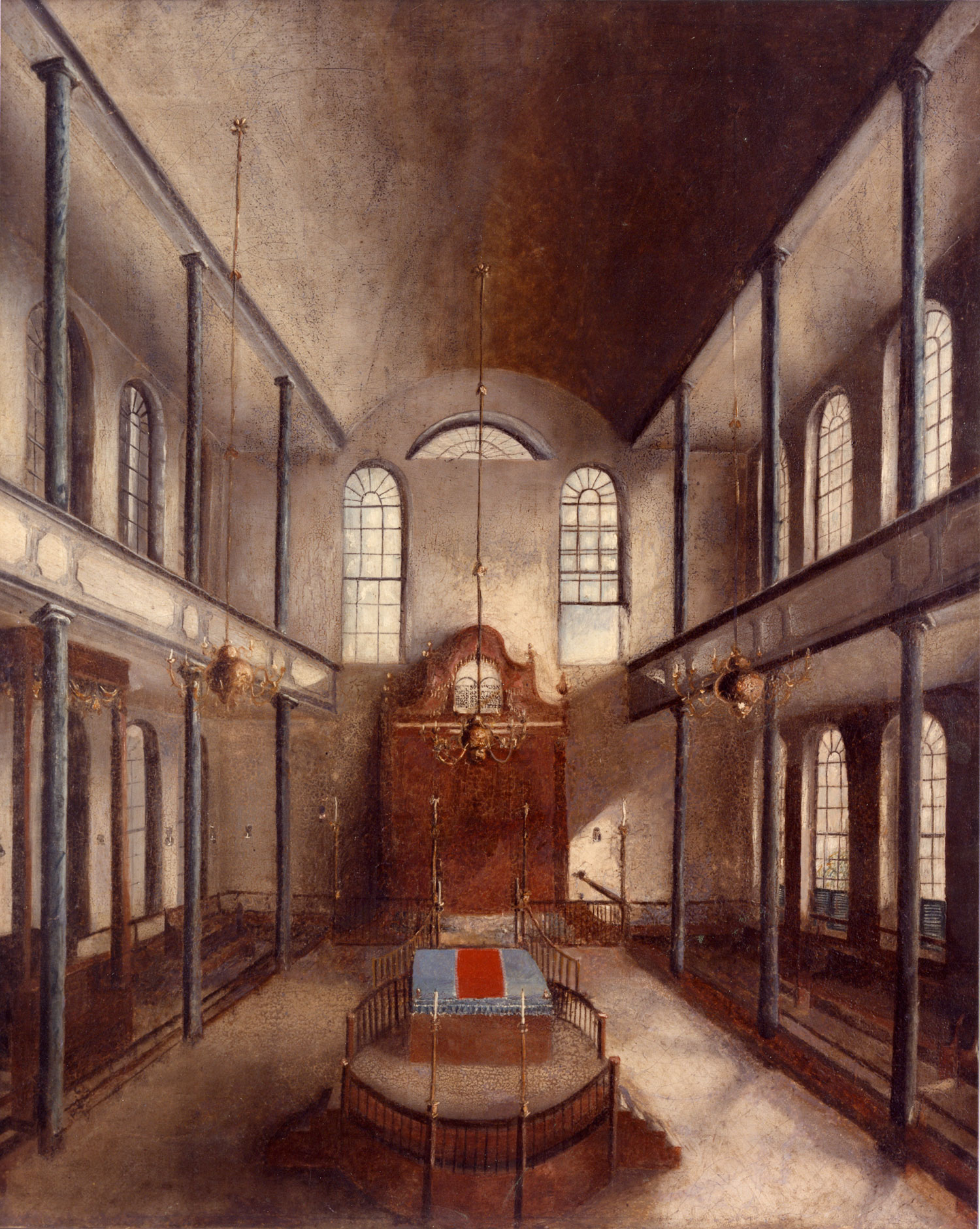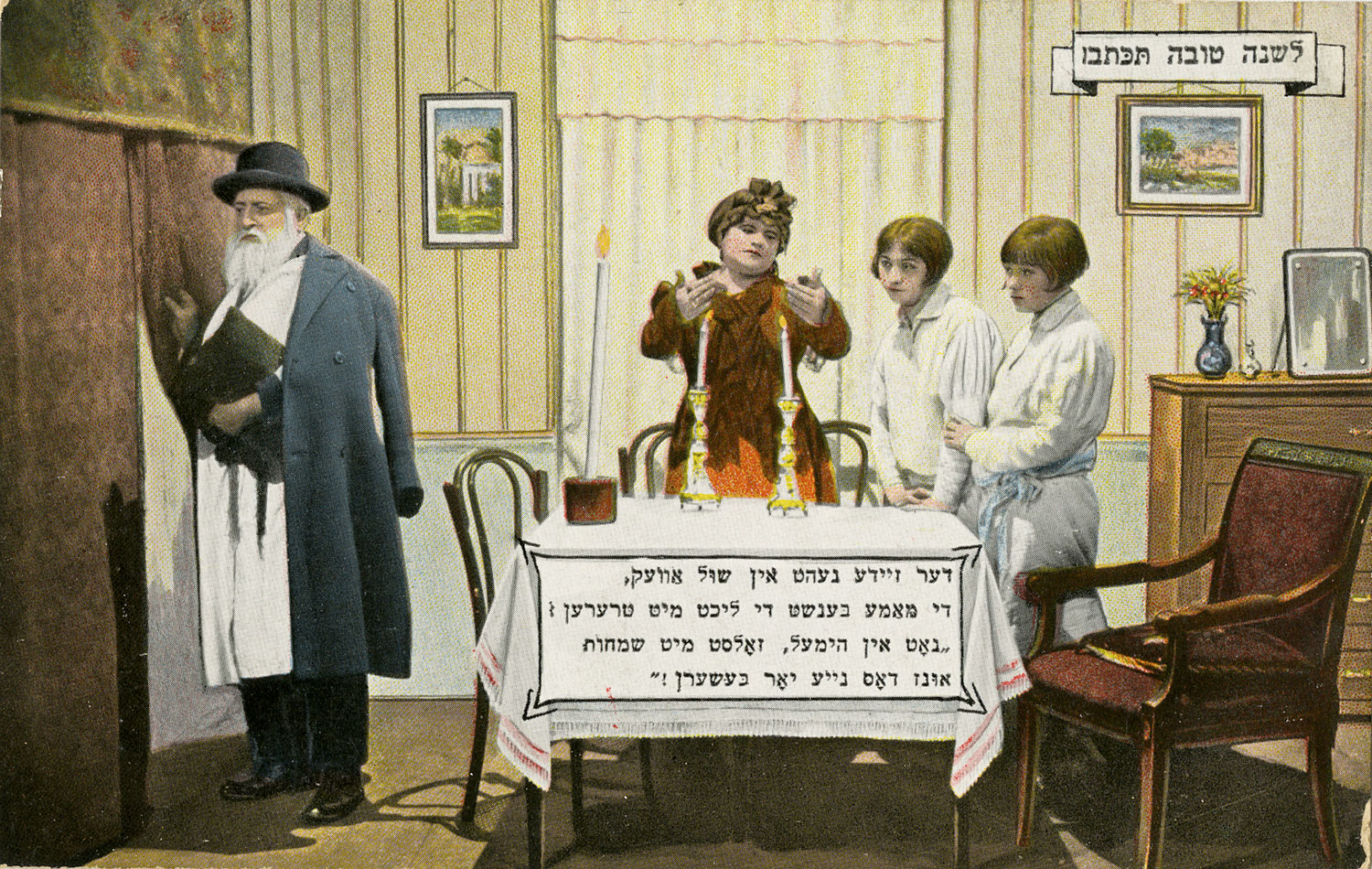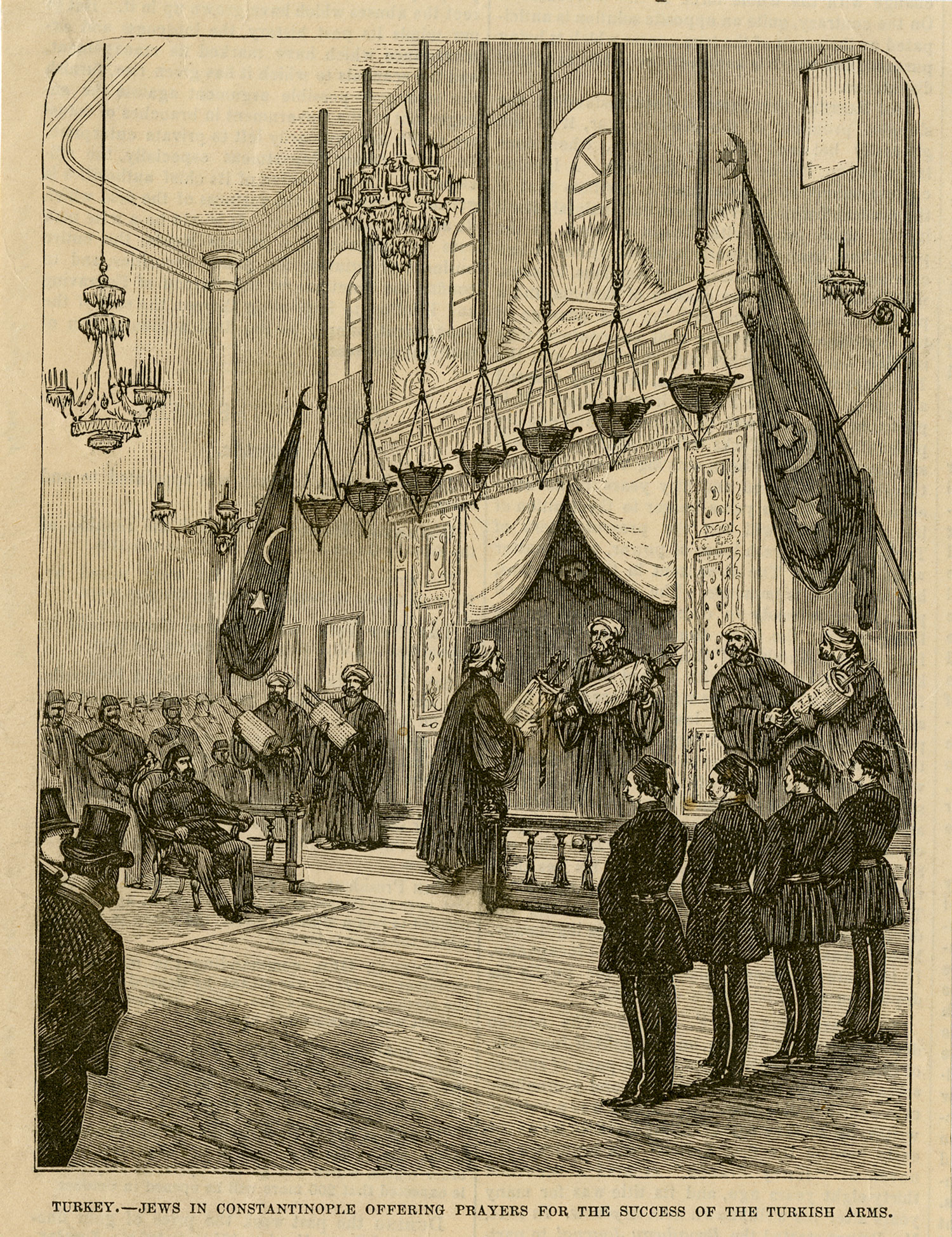Section 7. Women
While women have always played a central role in Jewish life, especially in the home, this has not been the case in the synagogue. Judaism traditionally called on men to assume roles in religious ceremonies taking place in houses of worship. Further segregating women, tradition placed females separately from men in the synagogue, removed from the areas where male-dominated rituals, prayers, and sermons took place. Sometimes women could see these events, but not hear them; and sometimes sight was denied them, but not sounds. Until the 19th century, women’s roles in synagogue life were inevitably limited.
In the Middle Ages in Rhineland synagogues, however, women were given their own prayer spaces adjacent to the main men’s hall. These were substantial autonomous spaces, such as at Worms and Speyer. Since these areas had only minimal connection by sight or sound to the main synagogue, women prayer leaders were required. Elsewhere, women were relegated to a small room on the other side of the wall opposite the ark, as was the case in Sopron, and later at the Remu Synagogue in Krakow.
Woodcuts illustrating early 16th-century German books about Jewish customs show women near the entrance to the main worship space, but separated by a divider (mechitzah). This might have been the norm for smaller synagogues, and women might have attended only on major holidays. In many larger synagogues in Italy and Holland, women were segregated in galleries and hidden behind wooden or metal grilles. By the 17th century, more accommodations were made, especially in new synagogues designed with permanent galleries for women. The examples are many, including the Portuguese Synagogue in Amsterdam, the Great Synagogue in Livorno, and the central synagogues of Paris and Vienna. Sometimes, especially in Polish synagogues, upper galleries were added above the entrance vestibules opposite the ark wall.
While this selection of images illustrates restrictions placed on women by separate seating arrangements, it also shows ways in which females found roles in synagogue life, ranging from regularly performed rituals to extraordinary contributions. Representations of women at the mikveh and in positions of power, financially supporting the building of new synagogues, creating and adding to the liturgy used within them, and contributing to charitable and educational endeavors, demonstrate the responsibilities Jewish women undertook in support of their faith. In addition, the scenes portrayed here confirm that as men went to synagogue, women performed essential religious functions in the home.
